A Tour Of Milwaukee’s Polish Heritage
Fun tour is among many in new book, ‘Strolling Through Milwaukee’s Ethnic History.’
Strolling through Milwaukee’s Ethnic History covers the experiences of Milwaukee’s largest ethnic groups and some of the more influential or engaging smaller groups. Included in the volume are chapters on the African Americans, Germans, Poles, Italians, Mexicans, French, Hmong, English, Jews, Norwegians, North American Indians, Scots/Scots Irish, Czechs/Slovaks, Kashubes, Greeks, Puerto Ricans, and Burmese. The book provides an “up close and personal” look at local ethnic life by directing readers to the neighborhoods and venues where the groups left their marks.
The Poles in Milwaukee
Polish immigrants began arriving in the United States in large numbers after the Civil War. Much of Milwaukee’s south side was developed by Poles. The Poles were less diverse than the Germans. Like the Irish, nearly all were Catholic.
A literal walk through Milwaukee’s Polish history
To feel the influence of the Poles in Milwaukee, let’s begin at South Sixth Street and Lincoln Avenue. There you’ll be overwhelmed by the majestic presence of the Basilica of St. Josaphat. Look up. Try and visualize Polish men and women on scaffolding in 1899, building this edifice with their own hands.
Let’s go inside. Enter the Basilica at the Pope John Paul II Pavilion on Lincoln Avenue near South Seventh Street. Visitors are welcome on weekdays between 10 a.m. and 4 p.m. (and of course for services at other times). Walk through the pavilion and note all the stained glass windows donated over the years by Milwaukee Poles.
Be prepared to lose your breath as you enter the sanctuary. This basilica is as beautiful as any you will find in Rome or Florence. Walk around. Look up. Note the sacred texts written in Polish.
Next, go down to the lower level. There you will find the lower sanctuary, which is also an extraordinary work of art. On the same level you’ll see an exhibit of photos and diagrams that tell the full story of how the basilica was originally built and later restored.
When you exit the basilica, cross Lincoln Avenue. On the north side of the street is the Little Friar’s Shop where you can window shop for Catholic and Polish gifts.
Next, continue west on Lincoln. As you cross Seventh Street you will be at the entrance to Kosciuszko Park, named after the famous Polish Revolutionary War hero, General Thaddeus Kosciuszko. This park was once the center of Polish public life on Milwaukee’s south side. Today it is still used for Polish processions on holidays such as Polish Constitution Day in early May.
Before you continue west, look across the street. There you will see the lovely Old South Side Settlement Museum. The museum tells the story of the history of the neighborhood with recreated rooms of the major ethnic groups that settled the area. On the front of the museum is a plaque telling you how you can reserve a tour to the museum. The tours last about one-half hour and are most enlightening about the families that lived in this neighborhood.
Continue walking west for several blocks until you arrive at Kosciuszko Monument Square. Here you will see the newly restored statue of the General. In 1905, over 60,000 Poles attended the original dedication of the monument. Read the inscriptions, and then sit for a moment and enjoy the view.
After your stop, continue west on West Lincoln Avenue. Note the interesting architectural styles of the commercial buildings. Atop their roofs you will see curly and angular parapets. This style was brought to Milwaukee by the Poles of northern Poland.
When you reach South Eleventh Street, cross the street and walk one block south. There you will encounter the Holy Name of Jesus Church. This is a Polish National Catholic Church that keeps most Catholic traditions but is governed by its own synod. This church was consecrated by the south side Poles in 1917 and is still attended by many local Polish Americans.
Getting a little hungry? You can finish your tour of Polish history by returning to Lincoln Avenue and walking one block west. There you will find the A&J Polish Deli. This is perhaps the last commercial establishment in Milwaukee where you will find most signage in the Polish language. Enjoy a lunch or a snack!
Strolling through Milwaukee’s Ethnic History is written by cultural anthropologists Jill Florence Lackey and Rick Petrie, and the 140 page book is filled with photos. It can be accessed at MECAH Publishing.

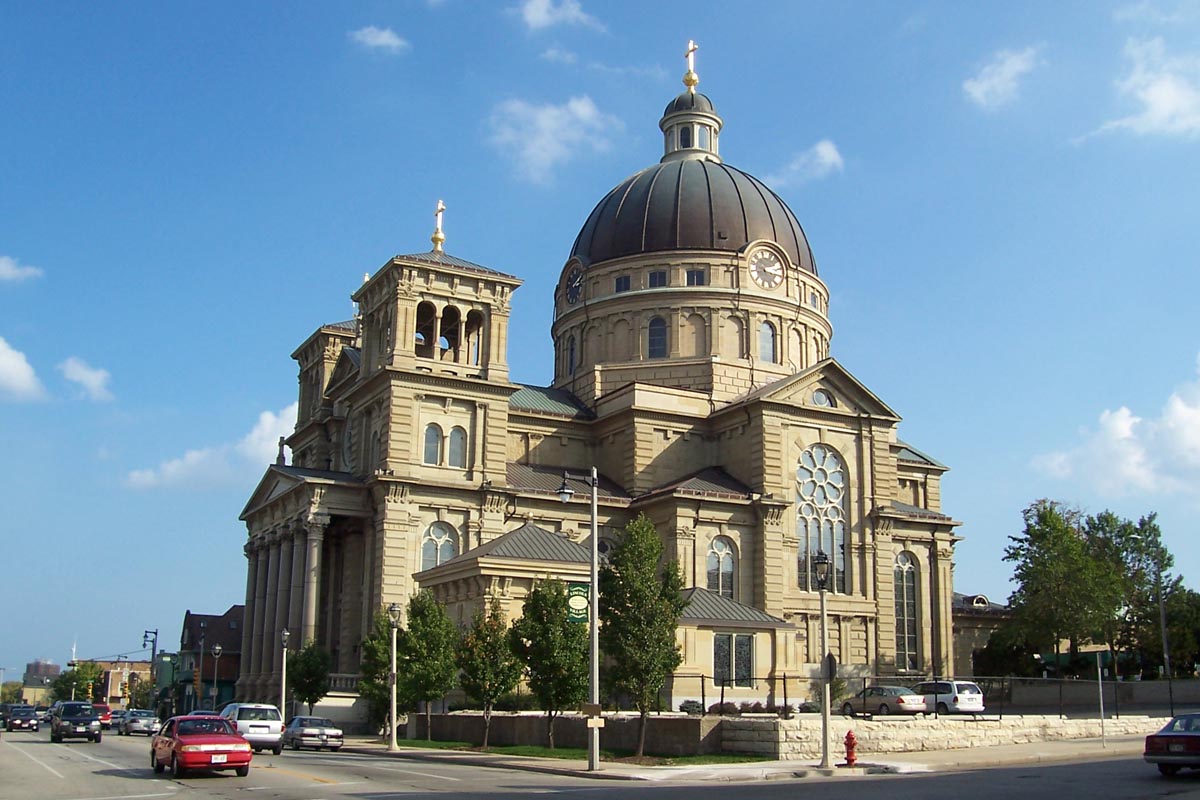
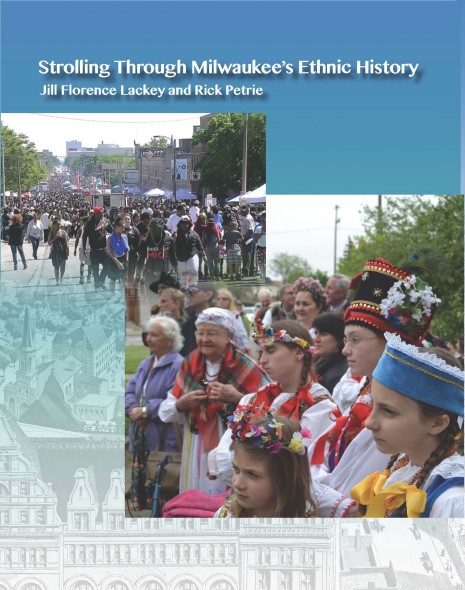
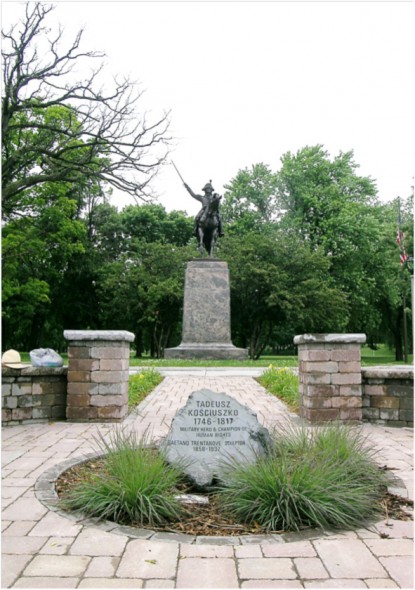
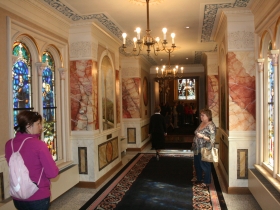
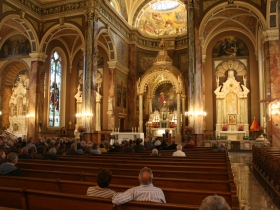
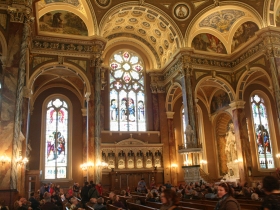
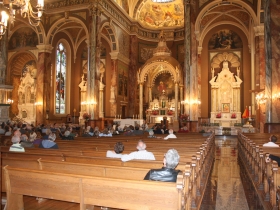
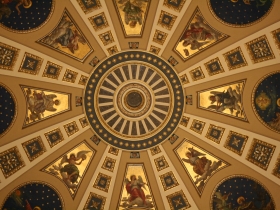
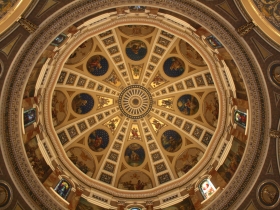




















dziękuję Polaków Milwaukee
Great story Jill and Rick! Thank you for caring about our Polish heritage so much.